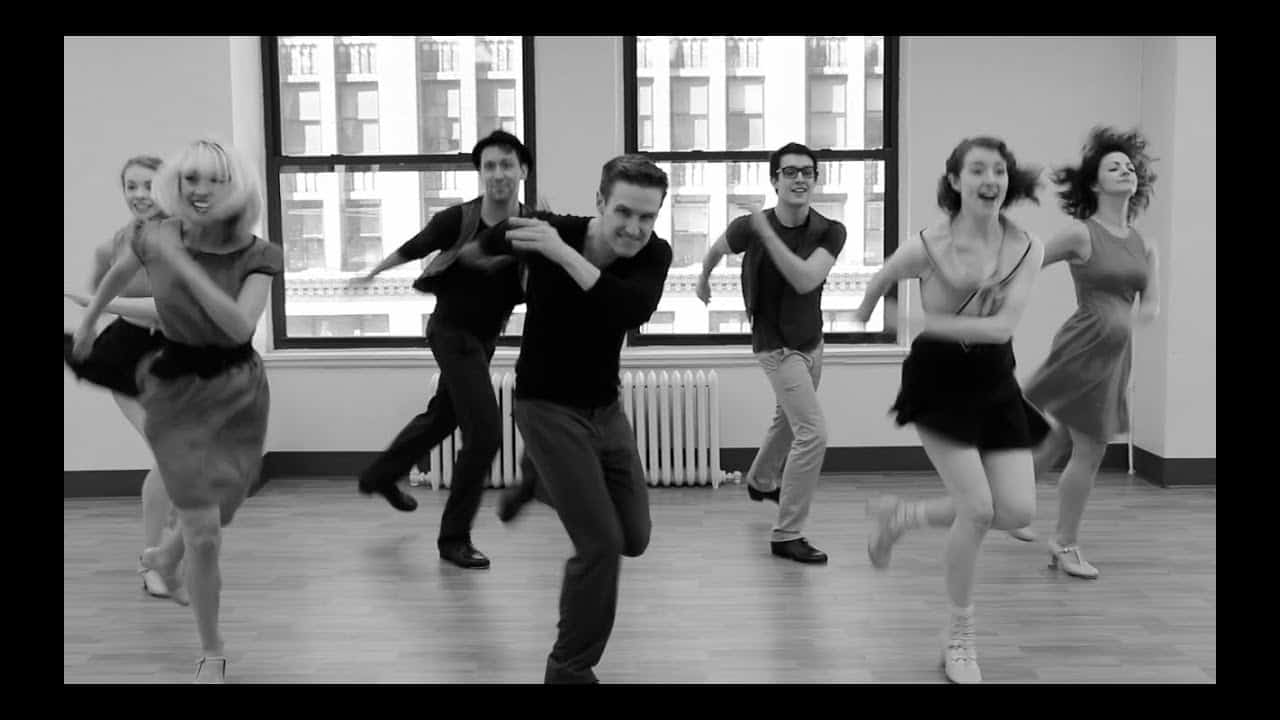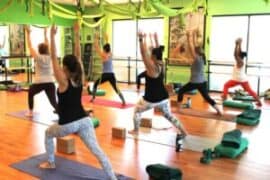Tippity-Tap Into Fun: Your Ultimate Guide for Introducing Your Kids to Tap Dancing
Hey there, super parents! Are you looking for a fabulous way to mix fun, rhythm, and physical activity into your child’s routine? Look no further, because tap dancing is the answer to your prayers! It’s not only entertaining but also incredibly beneficial for kids of all ages. So, let’s jump right in and explore how you can help your little ones shuffle their way to joy and confidence!
Why Tap Dancing is Terrific for Kids
Before we dive into the ‘how-to’ part, let’s chat about why tap dancing is a stellar choice for your kids. First, it enhances coordination and rhythm — crucial elements for developing motor skills. Plus, it’s a workout in disguise! Those little feet will be tapping away calories and building muscular strength without even realizing it. And let’s not forget the confidence boost! Mastering taps and shuffles will surely light up their smiles and elevate their self-esteem.
Getting Started with Tap Dancing
1. Finding the Right Tap Dance Class
Embarking on your tap journey begins with finding the perfect dance class for your child. Here’s a little tip – research is key! Look for local dance studios or community centers that offer classes for kids. Often, these institutions have trial sessions, so your kiddo can have a go before you sign up for the full course. Keep an eye out for the age groups and levels they cater to, ensuring your child learns in an environment that’s suited to their age and skill level.
2. Choosing the Perfect Pair of Tap Shoes
A tap dancer is nothing without their trusty tap shoes! These special shoes have metal plates on the toe and heel, turning feet into musical instruments. While comfort is king, you also want to make sure those shoes are the right fit – not too tight, not too loose. Head to a dancewear shop where fitting experts can assist you. Leather shoes with a flexible sole are great for beginners, and once your child advances, they can graduate to more professional options.
3. Dressing for Success
Dress codes vary from studio to studio, but as a general rule, wear clothing that’s comfortable and allows for freedom of movement. Avoid excessively baggy clothes that could mask body lines and hinder the instructor’s ability to correct dance form. A simple leotard and tights or fitted exercise clothing can work wonders. And don’t forget to bring a water bottle and a small towel – tapping is a workout, after all!
4. Understanding the Basics
Whether it’s a shuffle or a flap, every tap dance move starts with the basics. Familiarize your little tapper with fundamental steps and terminology. Encouraging them to practice these at home (maybe in the kitchen – bonus points for a non-carpeted floor) can help them progress faster. Remember, practice makes perfect, but it’s all about having fun, so keep the atmosphere light and enjoyable!
And there you have it, dear parents – your children are on the path to becoming tap sensations one step at a time! Stay tuned for more in-depth tap dancing insights, tips, and tricks in this guide. Your support and encouragement mean the world to your young tappers, and you’re doing a fantastic job cheering them on from the sidelines. Keep it up, and who knows, you might just tap your way alongside them! Keep an eye out for the next sections where we’ll cover advancing tap techniques, tap dance routines for practice, and tips for nurturing their passion outside of class. Let’s make those tap dance dreams come true together!

Tippity-Tap Into Fun: Your Ultimate Guide for Introducing Your Kids to Tap Dancing
Hey there, super parents! Are you looking for a fabulous way to mix fun, rhythm, and physical activity into your child’s routine? Look no further, because tap dancing is the answer to your prayers! It’s not only entertaining but also incredibly beneficial for kids of all ages. So, let’s jump right in and explore how you can help your little ones shuffle their way to joy and confidence!
Why Tap Dancing is Terrific for Kids
Before we dive into the ‘how-to’ part, let’s chat about why tap dancing is a stellar choice for your kids. First, it enhances coordination and rhythm — crucial elements for developing motor skills. Plus, it’s a workout in disguise! Those little feet will be tapping away calories and building muscular strength without even realizing it. And let’s not forget the confidence boost! Mastering taps and shuffles will surely light up their smiles and elevate their self-esteem.
Getting Started with Tap Dancing: 5 Things Parents Should Know
1. Finding the Right Tap Dance Class
Embarking on your tap journey begins with finding the perfect dance class for your child. Here’s a little tip – research is key! Look for local dance studios or community centers that offer classes for kids. Often, these institutions have trial sessions, so your kiddo can have a go before you sign up for the full course. Keep an eye out for the age groups and levels they cater to, ensuring your child learns in an environment that’s suited to their age and skill level.
2. Choosing the Perfect Pair of Tap Shoes
A tap dancer is nothing without their trusty tap shoes! These special shoes have metal plates on the toe and heel, turning feet into musical instruments. While comfort is king, you also want to make sure those shoes are the right fit – not too tight, not too loose. Head to a dancewear shop where fitting experts can assist you. Leather shoes with a flexible sole are great for beginners, and once your child advances, they can graduate to more professional options.
3. Dressing for Success
Dress codes vary from studio to studio, but as a general rule, wear clothing that’s comfortable and allows for freedom of movement. Avoid excessively baggy clothes that could mask body lines and hinder the instructor’s ability to correct dance form. A simple leotard and tights or fitted exercise clothing can work wonders. And don’t forget to bring a water bottle and a small towel – tapping is a workout, after all!
4. Understanding the Basics
Whether it’s a shuffle or a flap, every tap dance move starts with the basics. Familiarize your little tapper with fundamental steps and terminology. Encouraging them to practice these at home (maybe in the kitchen – bonus points for a non-carpeted floor) can help them progress faster. Remember, practice makes perfect, but it’s all about having fun, so keep the atmosphere light and enjoyable!
5. Embracing the Learning Curve
Progress in tap dancing, as with any new skill, comes with its fair share of stumbles and missteps, literally! Reassure your child that it’s perfectly okay to not get everything right the first time. Celebrate their efforts and improvements, however small, to keep their morale high. After all, every tap champion started with a single step!
And there you have it, dear parents – your children are on the path to becoming tap sensations one step at a time! Stay tuned for more in-depth tap dancing insights, tips, and tricks in this guide. Your support and encouragement mean the world to your young tappers, and you’re doing a fantastic job cheering them on from the sidelines. Keep it up, and who knows, you might just tap your way alongside them! Keep an eye out for the next sections where we’ll cover advancing tap techniques, tap dance routines for practice, and tips for nurturing their passion outside of class. Let’s make those tap dance dreams come true together!
See more great Things to Do with Kids in New Zealand here. For more information see here
Disclaimer
The articles available via our website provide general information only and we strongly urge readers to exercise caution and conduct their own thorough research and fact-checking. The information presented should not be taken as absolute truth, and, to the maximum extent permitted by law, we will not be held liable for any inaccuracies or errors in the content. It is essential for individuals to independently verify and validate the information before making any decisions or taking any actions based on the articles.




